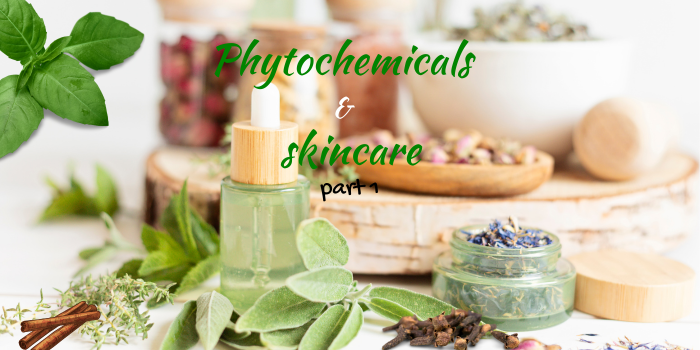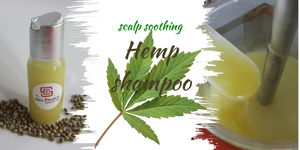
We published a series of posts about different classes of phytochemicals before they became the talk of the day. It's main purpose was to introduce the different classes of active ingredients in plants and herbs that are suitable for skin care and to help our readers choose the suitable carrier/solvent when they make their own extracts and macerations.
With the increasing popularity of "natural" and "plant based" products even the big boys are now interested in plant based raw material. A decade ago they mainly used some extracts at a minimal dosage (for the sake of price and in order not to affect the color and the scent of the product) just to have the name of a few herbs on the label. Although many of them are still doing the same, there are other brands (mainly premium and luxury brands) that are going deeper into the phytochemicals and are applying selective and elaborate extraction or fermentation methods to separate individual phytochemicals or at least to prepare extracts with a high dosage of a certain phytochemical or phytochemical group.
Since I know that nobody has time and patience to read long posts and to go back to old blog posts these days, I was inspired by the latest scientific articles that are published and thought that would be nice to give those old posts a face-lift and to update the content.
I'll try to break the subject to bite size posts that are easy to read and comprehend even for non chemists and non herbalists. I am a chemist myself and have no training or background in herbalism or pharmacy, so I try to make it simple the way I understand the material.

The first thing we need to know if about plant metabolites. These are classified into two groups of primary and secondary metabolites.
Primary metabolites are organic material synthesized by the plant and are necessary for nutrition and growth of the plant. These are basically categorized to
- lipids (plant oils and fats)
- carbohydrates (sucrose, cellulose and starch)
- nucleic acids (carry plant genetic information)
- amino acids and proteins
- Chlorophyll (necessary for photosynthesis)
We use all of the above material (except for the nucleic acids as far as I know) in our formulations and discussing each of them needs volumes of books and journals. The plant oils are among the most deeply investigated and you can find several (scientific) books as well as thousands of articles related to plant oils.
This is however not the sector we are interested in. You can still find interesting books and articles related to the other groups and their application in the personal care if you are interested.
It's the secondary metabolites that we are interested in.
Secondary metabolites are not essential for plants nutrition and growth but have other functions. These include defense (against fungi or herbivores) or pollinator attraction. These secondary metabolites have an enormous importance in pharmacy and cosmetics. This is the part which is most relevant to our discussion and we're going to discuss each class during the coming posts.
Secondary metabolites are very roughly categorized into:
- Alkaloids (such as morphine and cocaine), more than 10,000 are already separated
- Terpenoids (more than 22,000 are already separated). These are constituents of most essential oils but terpenoids are a huge class covering other phytochemicals such as squalene, beta-carotene and even latex
- Phenolics (from salicylic acid to lignin). This is the most interesting and most widely studied category of secondary metabolites
In some text books, a fourth class is named: glycosides but since this class has common members with other groups (anthocyanosides, anthraquinone glycosides etc.) we'll not discuss them as a stand-alone group.
So stay tuned for the upcoming posts.


